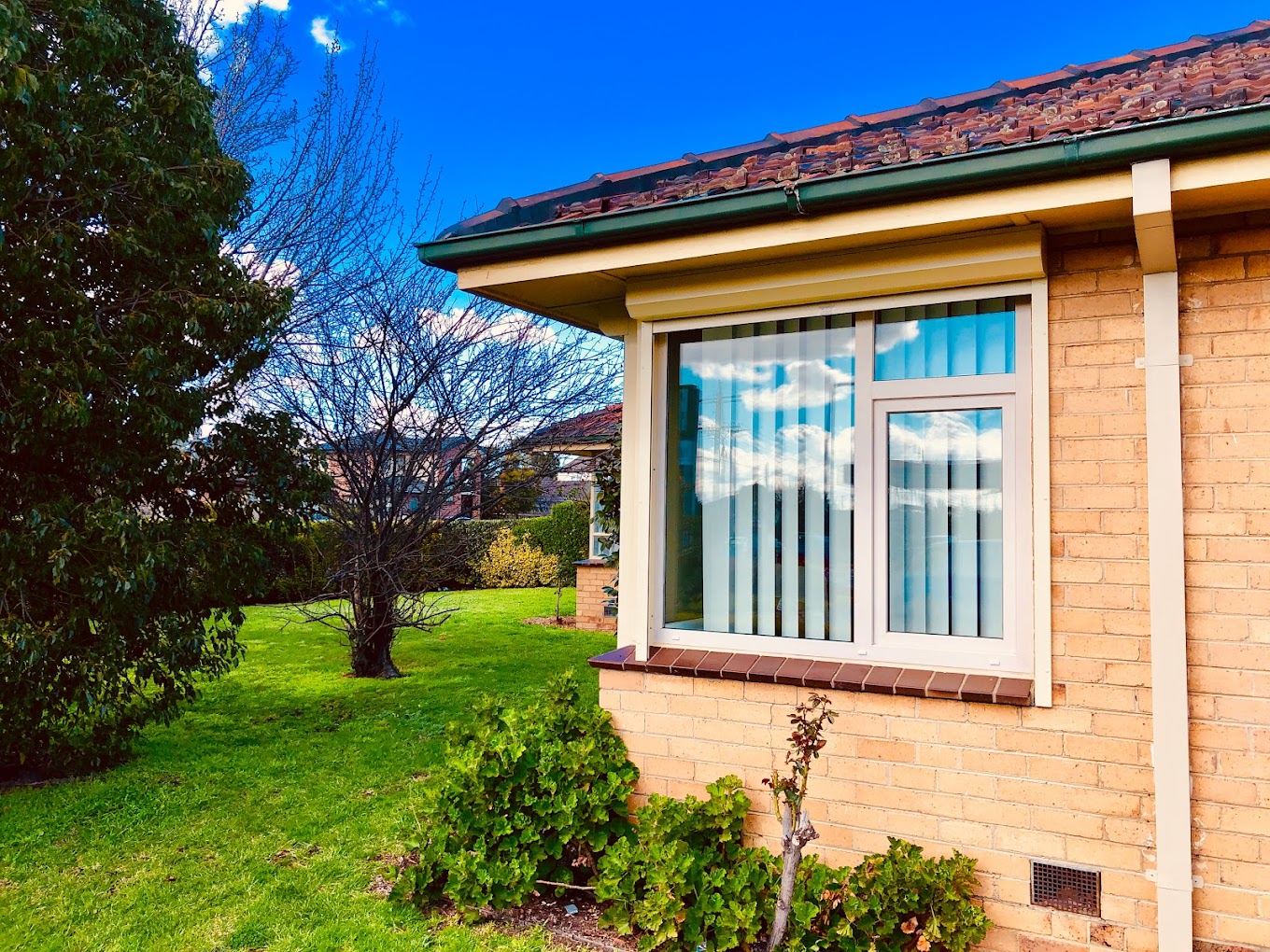All Categories
Featured
Table of Contents
Double-glazing Versus Low-e Glass in Menora WA
That window can transmit more solar heat in winter season than in summer. A west-facing window on a summer's afternoon has an angle of incidence from near 0 up to 30 with a large reliable location of solar radiation. A north-facing window, in summertime, has a high angle of incidence and a low effective area of solar radiation, so can transmit less heat than a west-facing one.

You can rapidly and easily improve the thermal performance of your house by changing your windows. This is among the most effective approaches of remodelling to attain enhanced thermal convenience. There are thousands of kinds of glass and frames to choose from. Picking the best ones is very important to improving the energy effectiveness of your house.
Which Is The Best Type Of Double Glazing? - Which? - Which.co.uk in Bickley Western Australia
Single glazing with clear glass is not very efficient when it comes to heat loss or gain. To improve performance, you can utilize single glazing with a more energy-efficient type of glass such as low emissivity (low-e) glass.
Numerous layers can be put together with sealed cavities in between each sheet of glass. IGUs usually provide better energy efficiency than single glazing, due to the fact that they transfer less energy. The energy efficiency of IGUs likewise depends on: the properties of each layer of glass. Different glass types (for example, clear and low-e glass) can be put together in an IGU.
Glazing in Boya Perth

IGU cavities can be filled with air or a more inert, low-conductivity gas such as argon the width of the cavity. Cavity thickness is generally 6 to 18mm. Larger cavities offer lower (better) U values, with 12mm usually accepted as the favored gap how well the cavity is sealed. Cavities need to be dry and well sealed to avoid moisture getting in.
If argon is installed to the cavity in place of air, moisture is reliably omitted the level of desiccant (drying representative). The spacer (metal or polymer strip) that separates the glass layers includes a desiccant to take in any moisture. Inadequate desiccant might trigger moisture to condense on the glass surface in cold conditions, decreasing thermal performance.
Glass & Glazing - Easy Windows Upvc Double & Triple ... in Leederville WA
In reality, IGUs can deliver much better energy performance for all climates, particularly in heated and air-conditioned houses. Cross-section detail of single, double and triple-glazing systems Low emissivity glass (typically understood as low-e glass) minimizes heat transfer. Low-e glass may be either high or low transmission: High transmission low-e glass has a finish that allows daytime from the sun to pass into your house to accomplish good solar heat gain, however reduces the amount of the long wavelength infrared heat that can get away back through the window.
Low-e glass has either a pyrolytic finishing or a vacuum-deposited thin film metal finishing. Pyrolytic finishings are resilient and can be utilized for any glazing; vacuum-deposited coatings are soft and are just utilized within IGUs. Low-e finishes can significantly enhance both U worth and SHGC; nevertheless, they must be used correctly or they will either weaken or stop working to perform as required.
Summer Scorcher Predicted, Again! Double Glazed ... in The Vines Western Australia
Low-e finishes can be used in combination with clear, toned or reflective glass. Low-e finishes on glazing can lower heat transfer where required Image: Department of Industry, Science, Energy and Resources Toned glass has colouring additives included during manufacture. It is available in different colours, usually bronze, grey, blue and green.
Latest Posts
How To Upgrade Your Garden's Summer House For Year- ... in Hilton WA
When Is The Best Time Of Year To Replace Windows? in Hovea Western Australia
Sustainability in Coolbellup Perth